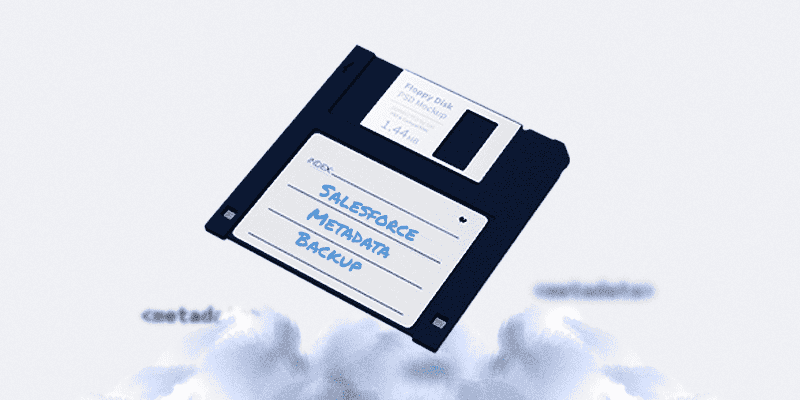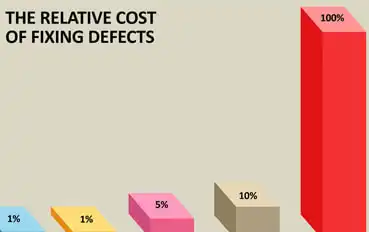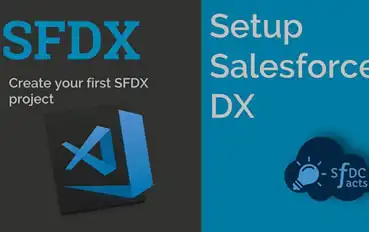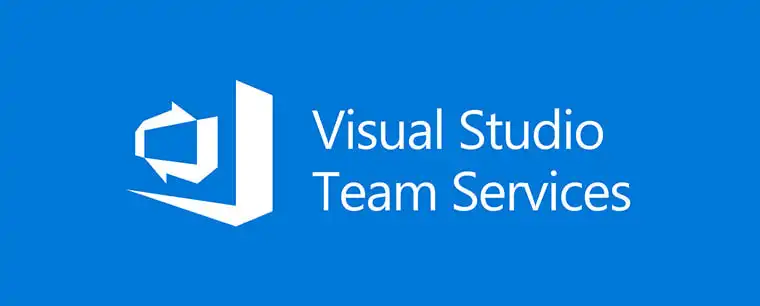7. Tips for Setting Up a Salesforce Metadata Backup
Like any other tool in your DevOps pipeline, your success will be dictated by your approach. Being intentional about your practices will yield the greatest results. With that in mind, here are a few tips to help you get the most from your Salesforce metadata backup strategy.
Use a Backup & Recovery Option That Fits Within Your DevOps Toolset
There are numerous options for tools that can back up your Salesforce metadata. However, there are great differences in the functionality, ease of use, and ability to integrate with other DevOps tools within these options.
Use a backup tool that includes restore functionality. A complete Salesforce metadata backup won’t be much help if you don’t have the means of incorporating it back into your live environment. Also, be sure the backup and recovery tools integrate within a larger DevSecOps platform.
Set Repeated Snapshots and Create an Unmanaged Package
Your metadata backup is only useful if it’s recent. The goal is to be able to minimize the amount of downtime should a data loss event occur. A recent snapshot of your Salesforce data and metadata provides the ability to repopulate your environment and get back to work.
Automate your backup snapshots. At minimum, create a backup once per week, daily if possible. Companies working within certain highly regulated industries such as the financial industry will likely need to create more frequent backups multiple times every day.
To ensure a dependable backup of your Salesforce metadata, it’s essential to create an unmanaged package. Navigate to Setup, input ‘Package Manager’ into the Quick Find box, and select ‘Package Manager’. Click on ‘New’, assign a name to the package, and click ‘Save’. This ensures you have a recent snapshot of your metadata, allowing quick recovery to minimize downtime in the event of data loss.
Configure the Range to Include Essential Data Sets
It might not be necessary to take backup snapshots of your entire system every time. Complete backups will enable to quickest return to operations should a data loss event occur, but the storage can become costly.
Configuring your partial backups to address essential metadata sets ensures you maintain important functionality while keeping your backup repository at a manageable size.
 A Salesforce metadata backup is an essential aspect of a full data governance strategy that supports compliance, data security, and maintaining the proper functionality of your environment.
A Salesforce metadata backup is an essential aspect of a full data governance strategy that supports compliance, data security, and maintaining the proper functionality of your environment.

 Data security regulations will differ depending on your industry and location. However, every company can use regulations such as the GDPR as guides for how to best protect the sensitive information of their customers, team members, and the business itself.
Data security regulations will differ depending on your industry and location. However, every company can use regulations such as the GDPR as guides for how to best protect the sensitive information of their customers, team members, and the business itself.



